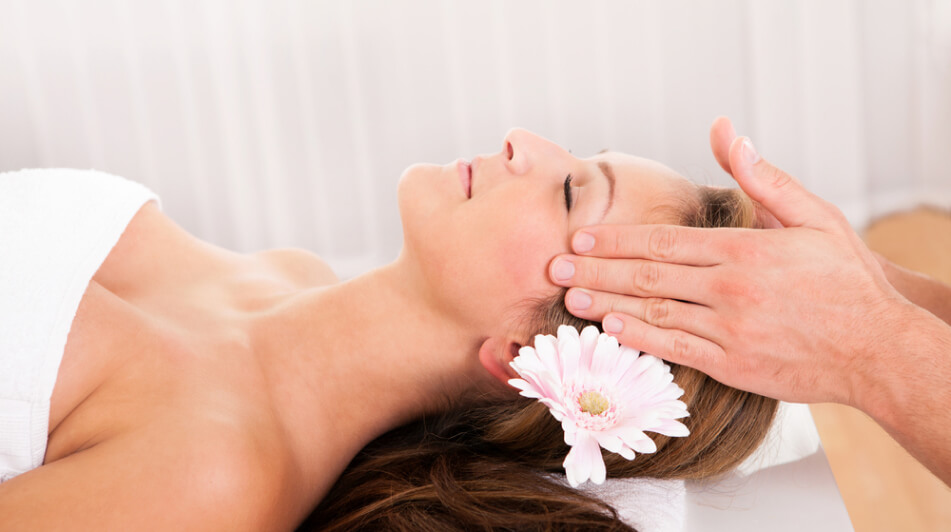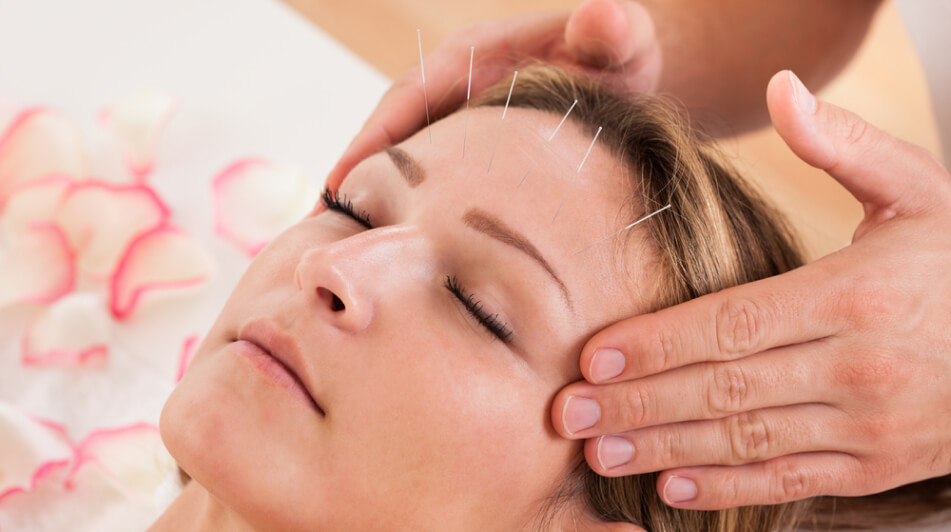Headache Treatment in Liverpool
Chiropractic specialists in headache and migraine relief in Liverpool
Headache Treatment in Liverpool
If you are struggling with chronic headaches or migraines, at Liverpool Chiropractic Clinic, our expert chiropractors can help you with fast, effective treatment and relief.
Restriction of Spinal Joints in the neck, irritation of the nerves that supply the head and face and muscular tension can all lead to headaches.
This may happen for a variety of reasons:
- Past Trauma or Injury
- Repetitive Movements
- Repetitive Postures
- Poor Postural Control
- Poor Ergonomics
- Stress
These factors can cause pressure and irritation of the surrounding nerves. When nerves are irritated like this, the surrounding muscles to tighten as a way of protection. This tightness can lead directly to an acute headache or migraine.
Read more
What Type of Headaches
Cervicogenic Headaches

Description
A cervicogenic headache starts in the cervical spine—your neck. Sometimes these headaches mimic migraine headache symptoms. Initially, pain may begin intermittently, spread to one side (unilateral) of the patient’s head, and become almost continuous. Furthermore, pain can be exacerbated by neck movement or a particular neck position (eg, eyes focused on a computer monitor).
Causes
The cause of a cervicogenic headache is often related to excessive stress to the neck. The headache may result from cervical osteoarthritis, a damaged disc, or whiplash-type movement that irritates or compresses a cervical nerve. The neck’s bony structures (eg, facet joints) and its soft tissues (eg, muscles) can contribute to the development of a cervicogenic headache. Certain spinal nerves structures are involved in many cervicogenic headaches. Spinal nerves are signal transmitters that enable communication between the brain and the body via the spinal cord.. Nerve compression can cause inflammation and pain.
Symptoms
A cervicogenic headache presents as a steady, non-throbbing pain at the back and base of the skull, sometimes extending downward into the neck and between the shoulder blades. Pain may be felt behind the brow and forehead, even though the problem originates from the cervical spine.
Pain usually begins after a sudden neck movement, such as a sneeze. Along with head and/ or neck pain, symptoms may include:
- Stiff neck
- Nausea and/or vomiting
- Dizziness
- Blurred vision
- Sensitivity to light or sound
- Pain in one or both arms
- Mobility difficulties
Migraine

Description
A migraine can cause severe throbbing pain or a pulsing sensation, usually on just one side of the head. It’s often accompanied by nausea, vomiting, and extreme sensitivity to light and sound. Migraine attacks can cause significant pain for hours to days and can be so severe that the pain is disabling.
Causes
Though migraine causes aren’t understood, genetics and environmental factors appear to play a role. Migraines may be caused by changes in the brainstem and its interactions with the trigeminal nerve, a major pain pathway. Imbalances in brain chemicals — including serotonin, which helps regulate pain in your nervous system — also may be involved.
Researchers are still studying the role of serotonin in migraines.
- Foods
- Food additives
- Drinks
- Stress
- Sensory stimuli
- Changes in wake-sleep pattern
- Physical factors
- Changes in the environment
- Medications
Signs & Symptoms
Prodrome
One or two days before a migraine, you may notice subtle changes that warn of an upcoming migraine, including:
- Constipation
- Mood changes, from depression to euphoria
- Food cravings
- Neck stiffness
- Increased thirst and urination
- Frequent yawning
Aura
Aura may occur before or during migraines. Most people experience migraines without aura.
- Visual phenomena, such as seeing various shapes, bright spots or flashes of light
- Vision loss
- Pins and needles sensations in an arm or leg
- Weakness or numbness in the face or one side of the body
- Difficulty speaking
- Hearing noises or music
- Uncontrollable jerking or other movements
Attack
A migraine usually lasts from four to 72 hours if untreated. The frequency with which headaches occur varies from person to person. Migraines may be rare, or strike several times a month.
During a migraine, you may experience:
- Pain on one side or both sides of your head
- Pain that feels throbbing or pulsing
- Sensitivity to light, sounds, and sometimes smells and touch
- Nausea and vomiting
- Blurred vision
- Lightheadedness, sometimes followed by fainting
Post-drome
The final phase, known as post-drome, occurs after a migraine attack. You may feel drained and washed out, while some people feel elated. For about 24 hours, you may also experience:
- Confusion
- Moodiness
- Dizziness
- Weakness
- Sensitivity to light and sound
Tension Headache

Description
Tension headaches are divided into two main categories — episodic and chronic.
Episodic tension headaches
Episodic tension headaches can last from 30 minutes to a week. Frequent episodic tension headaches occur less than 15 days a month for at least three months. Frequent episodic tension headaches may become chronic.
Chronic tension headaches
This type of tension headache lasts hours and may be continuous. If your headaches occur 15 or more days a month for at least three months, they’re considered chronic.
Causes
The cause of tension headaches is not known. Experts used to think tension headaches stemmed from muscle contractions in the face, neck and scalp, perhaps as a result of heightened emotions, tension or stress. But research suggests muscle contraction isn’t the cause. The most common theory supports a heightened sensitivity to pain in people who have tension headaches. Increased muscle tenderness, a common symptom of tension headaches, may result from a sensitised pain system.
Triggers – Stress is the most commonly reported trigger for tension headaches
Signs & Symptoms
- Dull, aching head pain
- Sensation of tightness or pressure across your forehead or on the sides and back of your head
- Tenderness on your scalp, neck and shoulder muscles
Whilst over-the-counter medicine can help mask the symptoms of a headache or migraine, if you are a chronic sufferer, there may be an underlying cause that needs to be addressed.
Chiropractic care can be a great way to relieve the pain caused by chronic headaches and migraines.
At Liverpool Chiropractic Clinic our expert Chiropractors use a combination of specific adjustments and soft tissue work to reduce restriction, nerve irritation and release tension in the surrounding muscles allowing you to move and feel better.

Does Any of This Sound Like You?
- You thought your headache would just stress and would go away on it’s own – but each time it lasts longer and longer?
- Your headache finally subsided….just to return a few days or weeks later?
- You visited the Doctor, just to be told to ‘drink more water’ and ‘take some painkillers’ – but weeks later you are still getting headaches?
- You’ve tried to relax, done some yoga, drank more water but now even the painkillers do little to ease your headaches.
- You have to shut your self away in a dark room for days on end?
- You can no longer do the things you used to enjoy.
Sound Familiar?
Stop Settling for Short - Term 'fixes' and Get Real Long - Lasting Headache Relief Today
We Pride ourselves on providing exceptional care for people just like you who want to be more active and mobile, free from painkillers, without the pain of headaches holding you back.
If any of this sounds like you – we would love to help you at one of our clinics.
We’ve helped so many people just like you, who have all goner through the same thing.
Click the link below to speak to one of our team.
There is no obligation to book any appointments with us after the call is over. Our goal is to help you make the right decision about what to do next for the best.
Read more

